A stunning photographic tribute to the brave men and women of the RNLI goes on display
Professional photographer Jack Lowe is in the midst of a five-year project to document the extraordinary work done by the volunteers of the RNLI using Victorian photography techniques. And for the first time, some of his pictures are going on public display.
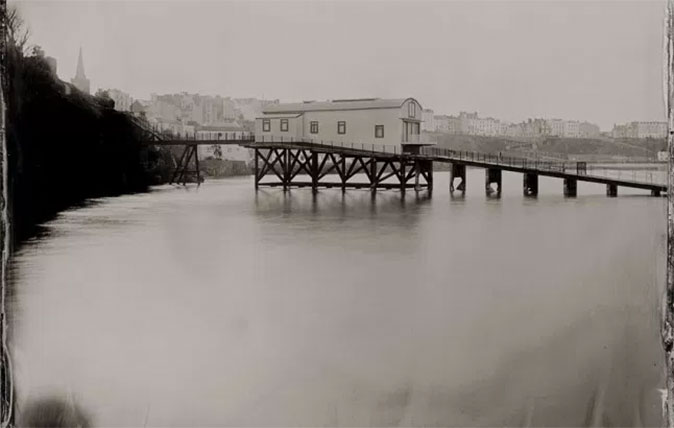
In the summer of 2015, Jack Lowe jumped behind the wheel of a converted ambulance and set off on a grand and ambitious project: to photograph all 238 active lifeboat stations around the coast of Britain and Ireland.
In three years Jack's Lifeboat Station Project has visited 100 of the stations – you can see a map of which ones are left on his website. He hopes to be finished by 2021, but already his project has sparked a public exhibition. The National Library of Wales bought a number of his pictures last year, and they have just opened an exhibition which will run next March.
'This is the first time my photographs have been recognised at a national level in this way,' says Jack.
'I dreamed it might happen one day but I never expected this kind of acknowledgement while in the midst of making the work.'
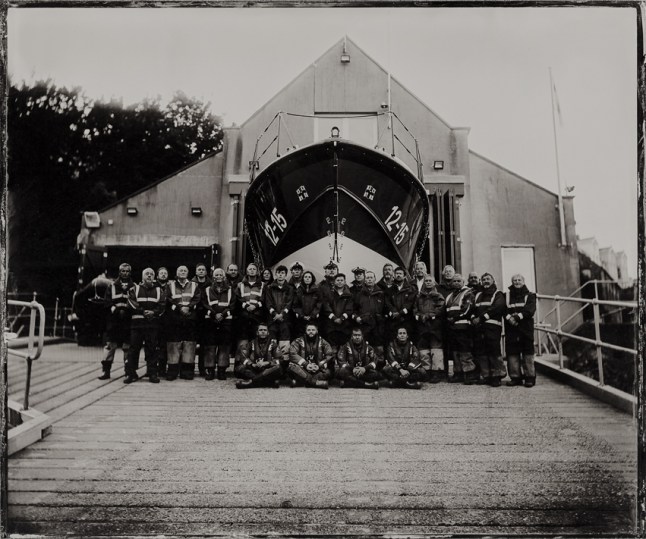
To make the pictures into more than just snapshots, Jack turned his back on current technology, instead deciding to use Wet Plate Collodion photography. This Victorian method involves huge glass negatives measuring 12 inches by 10 inches, and needs a dark-room on hand almost immediately that the pictures have been taken – hence the converted ambulance, which Jack has nicknamed 'Neena'.
The limitations of method are enormous – it needs temperatures between 16˚ and 24˚, apart from anything else – and he can only take about 10 pictures of each station. In an age when professional photographers routinely snap thousands of images a day to get just the right picture, that's almost unfathomable.
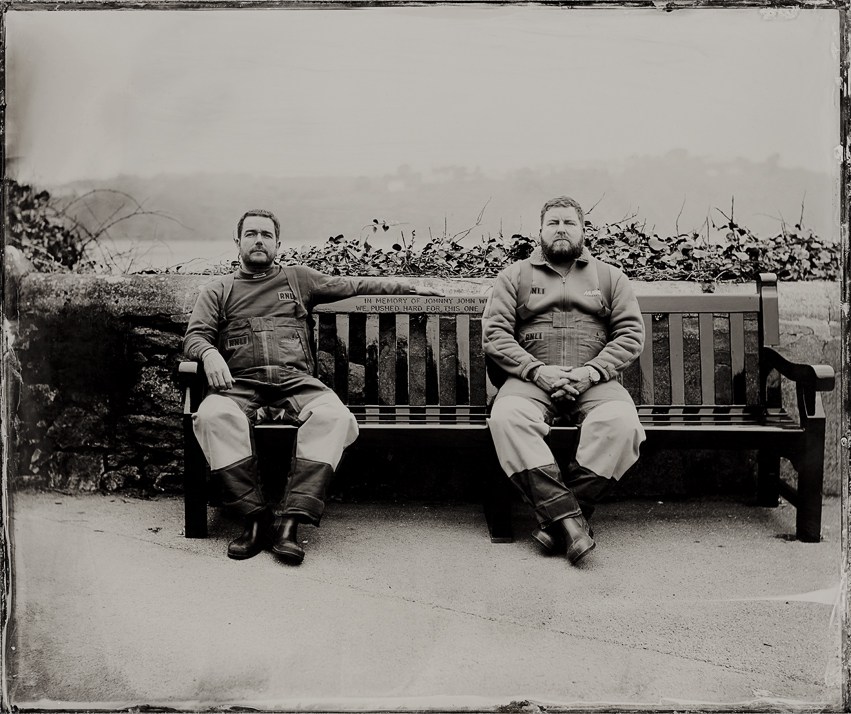
All the compromises seem worth it when you see the results, however: the pictures are spectacular, almost magical, giving a real timeless quality to the volunteers.
Exquisite houses, the beauty of Nature, and how to get the most from your life, straight to your inbox.
'This project is incredibly special to me. It’s hard to describe quite how much,' Lowe told ybw.com when he got his project under way last year.
'I’m turning childhood dreams into something meaningful, not just for me but for all those who come into contact with the project.'
Lowe added that he has 'been humbled' by the RNLI volunteers he has met: 'That kind of sentence can trip off the tongue all too easily but it’s true. Their stories of rescues, their dedication to the task. It’s special. Incredible.'
Find out more about Jack's odyssey at lifeboatstationproject.com and get more details about the exhibition at www.library.wales/visit/things-to-do/exhibitions/jack-lowe-the-lifeboat-station-project.
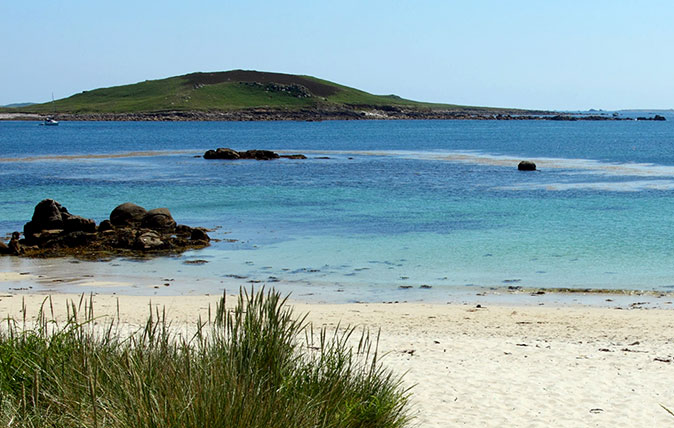
The secret beaches of the West Country where you can escape the crowds
If you're heading to the West Country this summer, here's our pick of the best beaches where you can enjoy
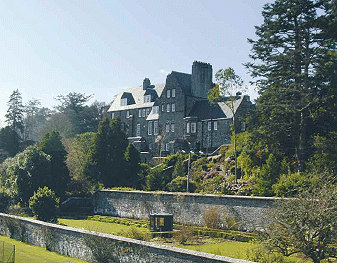
Historic Scots mansion house in peerless West Coast position
An historic Scottish country house built in some of Scotland’s finest scenery at the gateway to the Western Isles has
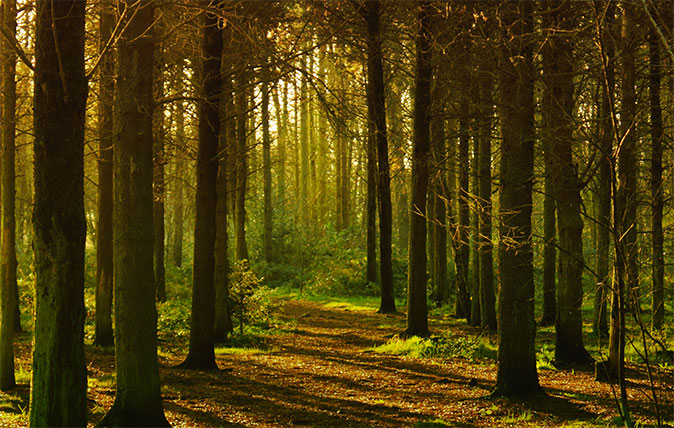
12 wonderful things to do in 2018 which showcase the very best of Britain
If you're looking to make more of life in Britain over the next 12 months, Country Life's suggestions are here

10 of Scotland’s most magical white sand beaches
What better day to celebrate some of Scotland's most stunning locations than St Andrew's Day? Here's our pick of 10
Toby Keel is Country Life's Digital Director, and has been running the website and social media channels since 2016. A former sports journalist, he writes about property, cars, lifestyle, travel, nature.

